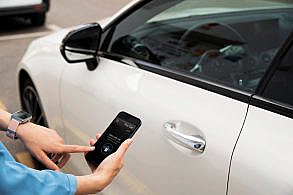Praduman Gupta, Sr. Manager, Client Success
Table of Contents
Introduction
Welcome to our comprehensive guide on Facebook AR (Augmented Reality) ads, where we delve into the exciting world of interactive advertising. In this article, we will explore the immense potential of AR ads, discuss their benefits, and provide you with invaluable insights on how to leverage this cutting-edge technology to enhance your marketing campaigns. By the end, you’ll be equipped with the knowledge and strategies necessary to outrank competitors and maximize your online presence.

Understanding Facebook AR Ads
Augmented Reality (AR) ads on Facebook offer a revolutionary way to engage with your audience. By seamlessly blending the physical and digital worlds, AR ads provide immersive experiences that captivate users and drive meaningful interactions. These ads allow users to visualize products in their real-world environment, try out virtual experiences, and make informed purchasing decisions.
Benefits of Facebook AR Ads
- Enhanced User Engagement: AR ads create captivating experiences that draw users in and encourage active participation. By providing interactive elements and personalized content, you can captivate your audience and leave a lasting impression.
- Increased Conversion Rates: When users can visualize products in their own space or try them virtually, they gain confidence in their purchasing decisions. This increased confidence leads to higher conversion rates and a boost in sales.
- Brand Differentiation: Implementing AR ads sets your brand apart from competitors. By leveraging this cutting-edge technology, you position yourself as an innovative and forward-thinking company, capturing the attention of your target audience.
- Improved Ad Performance: Facebook’s powerful targeting capabilities combined with the interactive nature of AR ads result in higher ad relevance and engagement. This leads to improved ad performance metrics, such as click-through rates (CTR) and return on ad spend (ROAS).
How to create Facebook AR Ads
To create Facebook AR ads you first need to create an AR experience in Sparks AR Hub, to do so-
- Download and install Spark AR Studio. You can download Spark AR Studio from the Meta Spark Studio website: https://sparkar.facebook.com/ar-studio/download/.
- Now You can Either Proceed by creating the AR experience yourself or outsource it to some professionals in the AR Production space.
- To outsource the process create a Permissions Group to upload augmented reality effects on behalf of your Page.

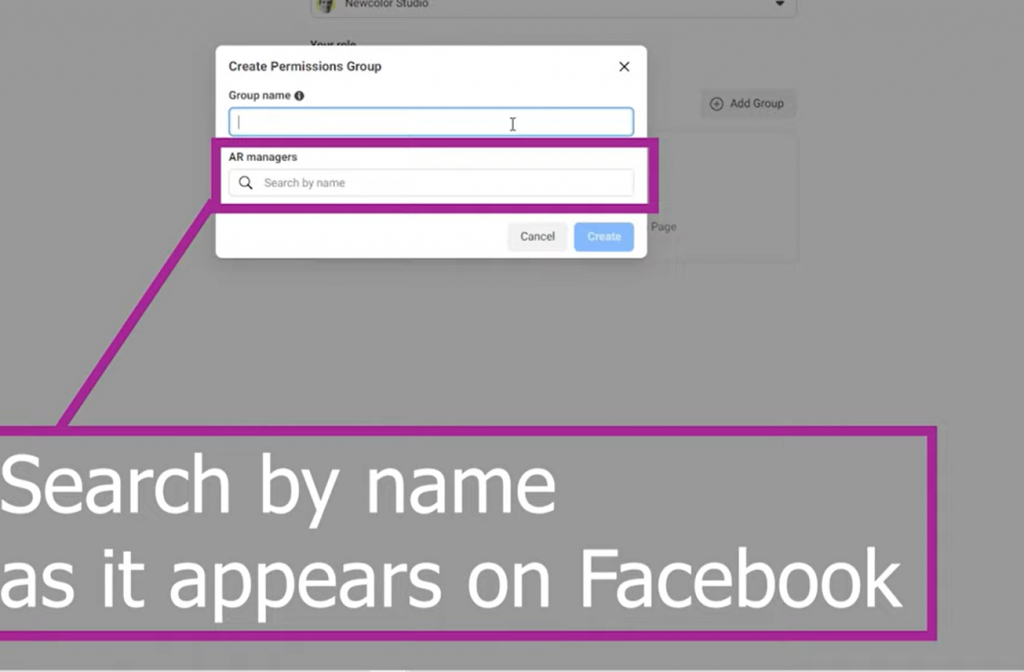
OR Create the AR effects yourself-
- Create a new project. Once you have installed Spark AR Studio, you can create a new project by clicking the Create New button in the toolbar.
- Import assets. You can import assets into Spark AR Studio by clicking the Library icon in the toolbar and then dragging and dropping your assets into the project window.
- Use the tools in Spark AR Studio to create your effect. Spark AR Studio comes with a variety of tools that you can use to create your AR effect. These tools include:
- 3D objects: You can use 3D objects to create AR effects that interact with the real world.
- Textures: You can use textures to add detail to your 3D objects.
- Music and sound: You can use music and sound to add audio to your AR effects.
- Patch Assets and Script Packages: These are both used to create logic in your scenes.
- Color LUTs: These are used to color grade footage, including the camera feed.
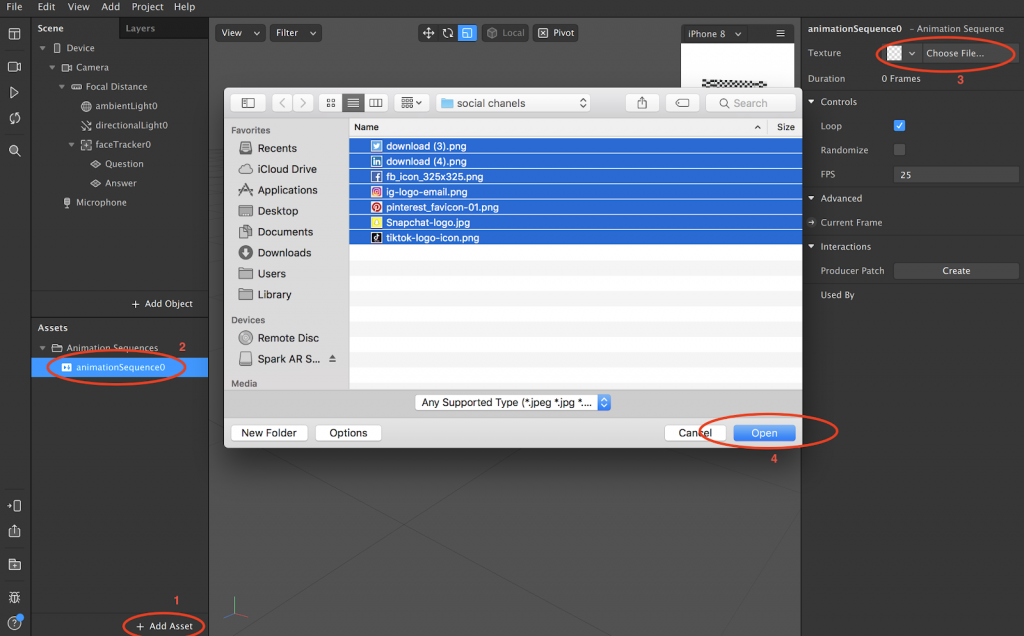
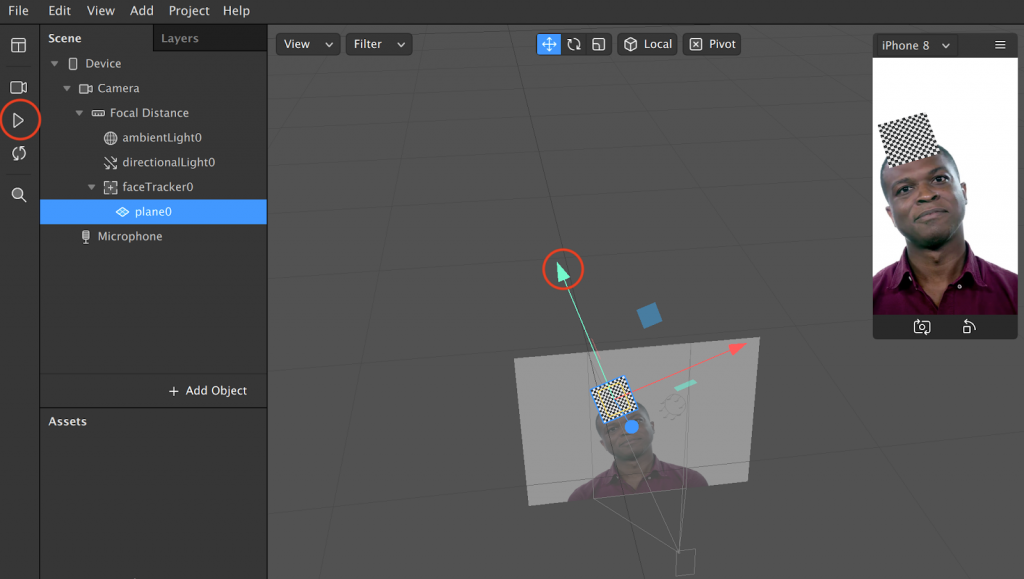
- Test your effect on different devices and platforms. Once you have created your AR effect, you can test it on different devices and platforms by clicking the Run button in the toolbar.
- In the Spark AR Hub, choose the effect owner from the dropdown menu in the top left.
- Click Upload Effect.
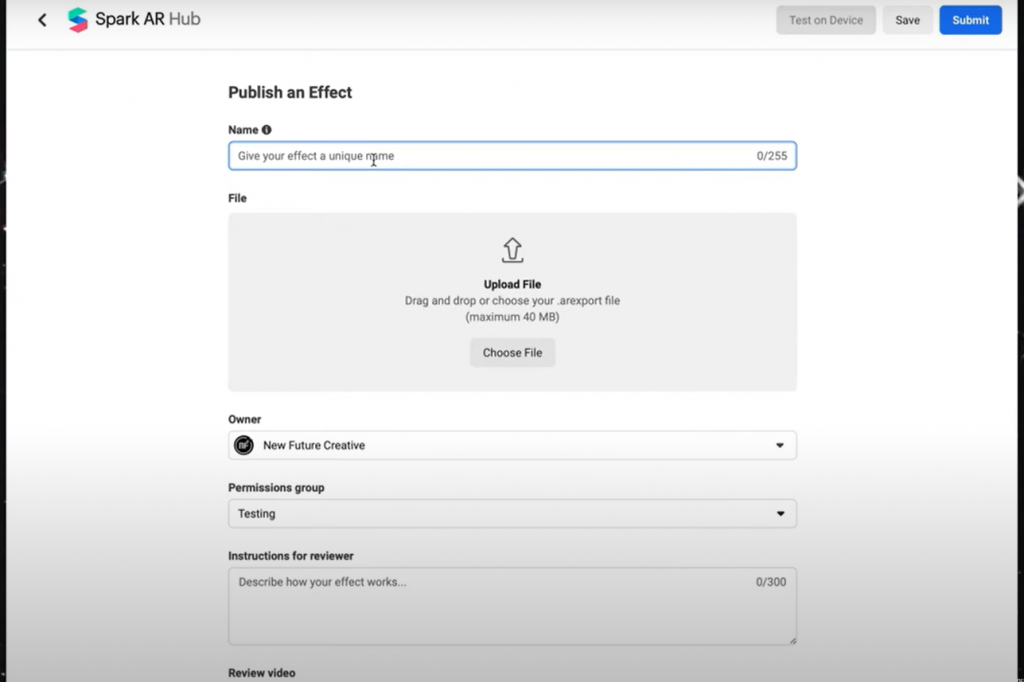
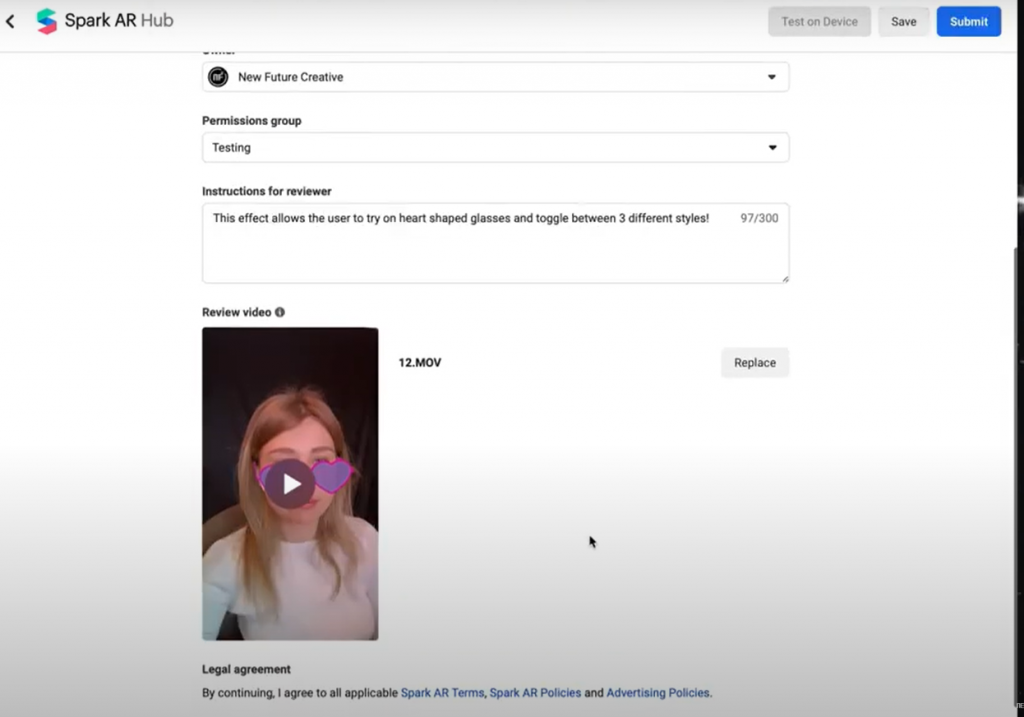
- Select Facebook Ads as the effect destination.
- Fill out the upload form.
- Once Facebook approves your effect, just select it in Ads Manager.

Now to Create AR ads you need to:
- Go to Facebook Ads Manager: https://www.facebook.com/ads/manager/.
- Click + Create.
- Select an objective that supports AR experience and click Continue ( AR Ads are supported by Brand Awareness, Reach, Traffic, or Conversions objectives ).
- Choose your budget, audience, placements and optimization.
- In the Identity section, select your Facebook Page and Instagram account, if applicable.
- In the Ad setup section, select Single image or video.
- Check the box Add a destination under Ad creative, then choose Instant Experience under Destination.
- Click the Choose a template dropdown and choose AR experience.
- Below Effect, click the dropdown and choose your AR effect. Note: Only effects approved by Meta Spark appear in the dropdown menu. Learn more about the Meta Spark review policies: https://www.facebook.com/business/help/3073720542654820.

- (Optional) Below Camera facing, click the dropdown to choose which camera your AR effect turns on.
- Enter your primary text and headline for your video ad. Leave “Display link” blank to show the “Open camera” label on the ad. Below “Text overlay”, choose the call to action that you want people to take after viewing your video.
- Click Create.
How to Leverage Facebook AR Ads Effectively
To outrank competitors and unlock the full potential of Facebook AR ads, it’s crucial to follow these strategic steps:
Step 1: Define Your Objectives
Clearly define your marketing objectives before launching an AR ad campaign. Are you aiming to boost brand awareness, drive sales, or increase customer engagement? By aligning your objectives, you can tailor your AR ads to achieve specific goals.
Step 2: Understand Your Target Audience
Thoroughly research your target audience to identify their preferences, interests, and pain points. This knowledge will allow you to create AR ads that resonate with your audience on a deeper level, increasing the chances of conversion.
Step 3: Create Compelling AR Experiences
Craft interactive and visually appealing AR experiences that align with your brand and products. Consider incorporating features such as virtual try-ons, 3D product visualizations, or interactive games to engage users and make a memorable impact.
Step 4: Optimize for Mobile
As the majority of Facebook users access the platform through mobile devices, ensure your AR ads are optimized for mobile viewing. This includes optimizing loading times, creating user-friendly interfaces, and testing the ad’s functionality across various devices.
Step 5: Monitor and Analyze Performance
Regularly monitor the performance of your AR ads and analyze key metrics such as engagement rates, conversion rates, and ROI. By identifying areas of improvement and leveraging data-driven insights, you can refine your campaigns and optimize results over time.
Examples of Brands Using Facebook AR Ads
Here are some of examples of Brands using Facebook AR ads for unique product marketing use cases:
Sephora
Sephora, a well-known beauty retailer, used Facebook AR ads to enable users to virtually try on different makeup products like lipstick, eyeshadow, and foundation. The AR experience allowed users to see how the products looked on their own faces in real-time. This interactive feature significantly enhanced user engagement and helped Sephora to boost their online sales.
Michael Kors
The luxury fashion brand Michael Kors utilized Facebook AR ads to offer users the opportunity to virtually try on their sunglasses collection. This immersive AR experience not only allowed potential customers to see how the sunglasses looked on them but also encouraged social sharing and word-of-mouth marketing as users shared their AR try-ons with friends and followers.
IKEA
The furniture giant IKEA employed Facebook AR ads to enhance the shopping experience for their customers. With AR, users could virtually place IKEA furniture and home decor items in their own living spaces, helping them visualize how the products would fit and look in their homes. This AR feature significantly reduced the uncertainty that comes with online furniture shopping and contributed to increased conversion rates.

Nike
The sportswear giant Nike leveraged Facebook AR ads to promote their latest shoe releases. By using AR technology, users could superimpose virtual versions of the shoes onto their feet to see how they looked in real-life environments. This innovative approach created a sense of excitement and urgency among customers, driving higher engagement and conversion rates.

KIA
KIA used Facebook AR ads to provide an interactive experience for promoting their vehicles. Users could explore different car models and customize colors and features using AR technology. This immersive experience not only increased user engagement but also helped potential customers gain a better understanding of KIA’s product offerings.
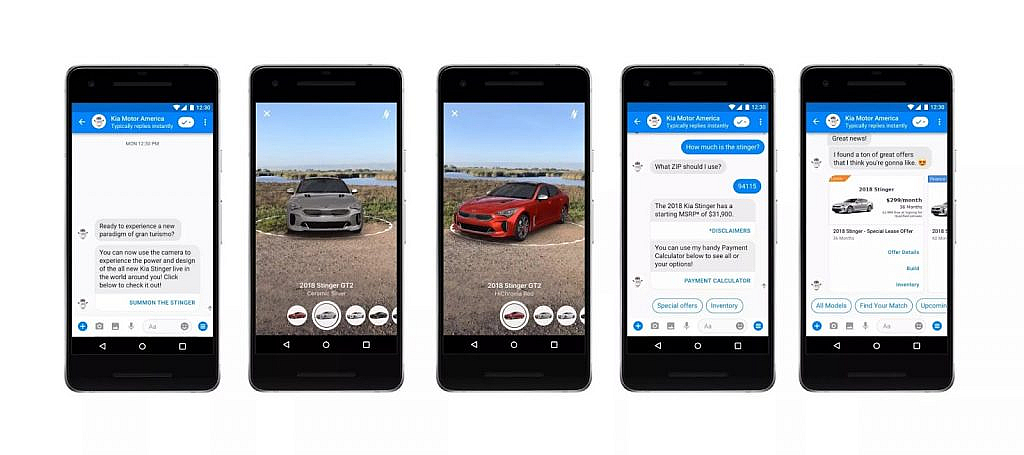
Conclusion
Augmented Reality (AR) ads on Facebook represent a powerful tool to captivate and engage your audience in ways never seen before. By harnessing the immersive nature of AR technology and following our strategic guidelines, you can effectively outrank competitors and unlock the vast potential of interactive advertising. Embrace the future of marketing and leverage Facebook AR ads to leave a lasting impact on your audience while achieving your marketing objectives.
Remember, the world of advertising is constantly evolving, and staying at the forefront of emerging technologies, such as AR ads, is crucial for sustained success in the digital landscape.
Now that you are equipped with the knowledge to optimize your Facebook AR ads effectively, it’s time to take action and propel your marketing campaigns to new heights. Embrace the power of augmented reality, captivate your audience, and elevate your brand’s online presence.
Subscribe to our newsletter for more such content or fill the best rated Meta ad-strategy session request to uncover the growth opportunities for your account.


